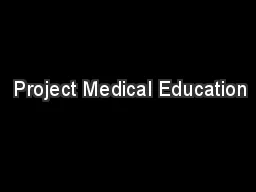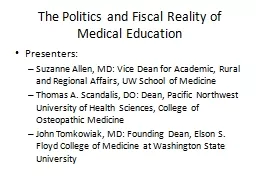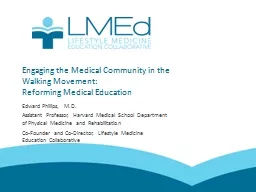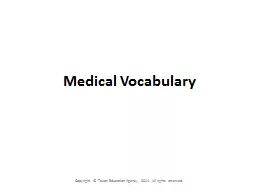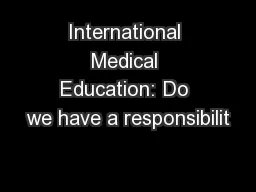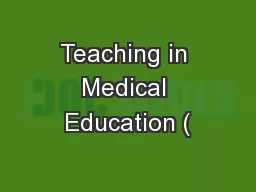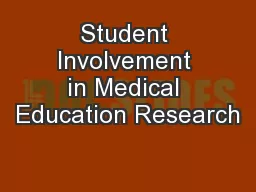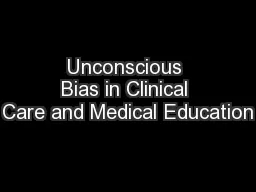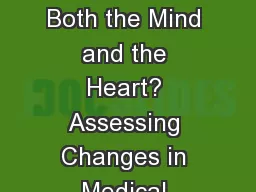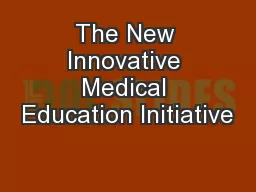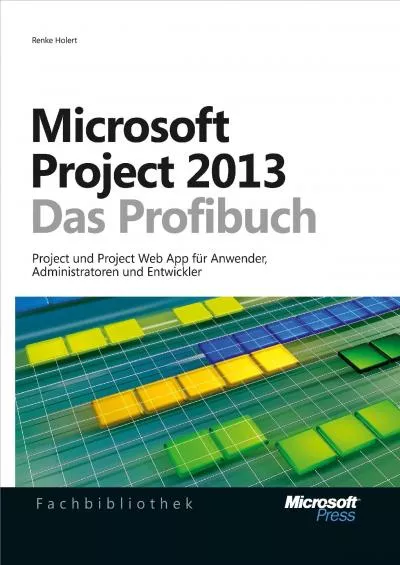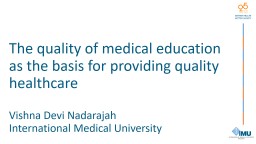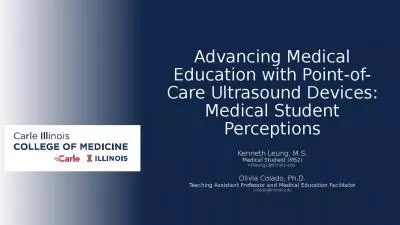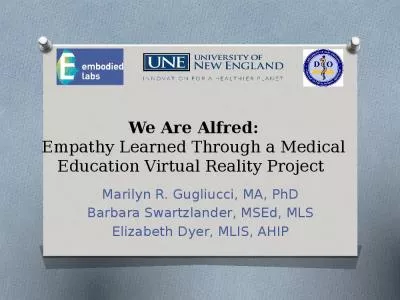PPT-Project Medical Education
Author : tawny-fly | Published Date : 2020-04-03
Name of institutions Month XX 201X May add subtitle that highlights a theme for your program Welcome to Insert Name of Institution Educating and Training Tomorrows
Presentation Embed Code
Download Presentation
Download Presentation The PPT/PDF document " Project Medical Education" is the property of its rightful owner. Permission is granted to download and print the materials on this website for personal, non-commercial use only, and to display it on your personal computer provided you do not modify the materials and that you retain all copyright notices contained in the materials. By downloading content from our website, you accept the terms of this agreement.
Project Medical Education: Transcript
Download Rules Of Document
" Project Medical Education"The content belongs to its owner. You may download and print it for personal use, without modification, and keep all copyright notices. By downloading, you agree to these terms.
Related Documents

